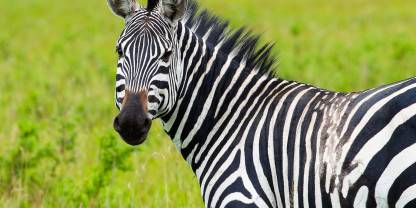Average Expert Rating
Rating Breakdown
Write a User ReviewRwandan Big Five
Today, thanks to the efforts of the African Parks organisation and the Rwandan government, Akagera is back in big way. The park has been restocked with wildlife and is now once again home to all the Big Five, and tourist facilities have been massively upgraded (there’s now some superb accommodation options). But how does Akagera compare to some of its East African
Read more
cousins? Well, the park, with its large lakes and fringing green hills, is unquestionably beautiful. It’s also very quiet. When I visited, as far I could tell I was the only tourist in the park. Wildlife-wise it was pretty decent, with lots of hippo, impala, buffalo, topi and a few giraffe. I didn’t get to see any of the park’s elephants, and I was also there before lion and rhino had been reintroduced, but bird life was abundant. I wouldn’t chose to visit Akagera over some of the region’s more famous parks, such as the Masai Mara or Serengeti, but if you have the time and just want to see a different side of Rwanda then Akagera can be a wonderfully rewarding park to visit. Finally, note that there can be lots of tsetse flies here, which have very painful bites and can mar the pleasure of a safari.Conservation Success Story
Akagera National Park has undergone a massive transformation in the past few years making it one of Africa’s inspirational conservation success stories.
As a result of various reintroduction programmes, Akagera is now home to the Big Five (elephant, rhino, lion, leopard and buffalo). You can expect to see a lot of different herbivores, including rhino and elephants if you’re lucky, however big cats are still hard to find. So don’t come to Akagera expecting close-up predator sightings typical of East or southern Africa’s more famous game reserves. Do come to Akagera for the beautiful scenery, varied birdlife, enjoyable boat trips, and to be a part of this conservation good news story.
The highlight was the behind-the-scenes visit to the park headquarters (this has to be prebooked with an additional charge), to learn more about how the park has overcome poaching, successfully working with the local communities. We also loved the quieter, far north of the park, in particular the rustic Karenge Bush Camp.

